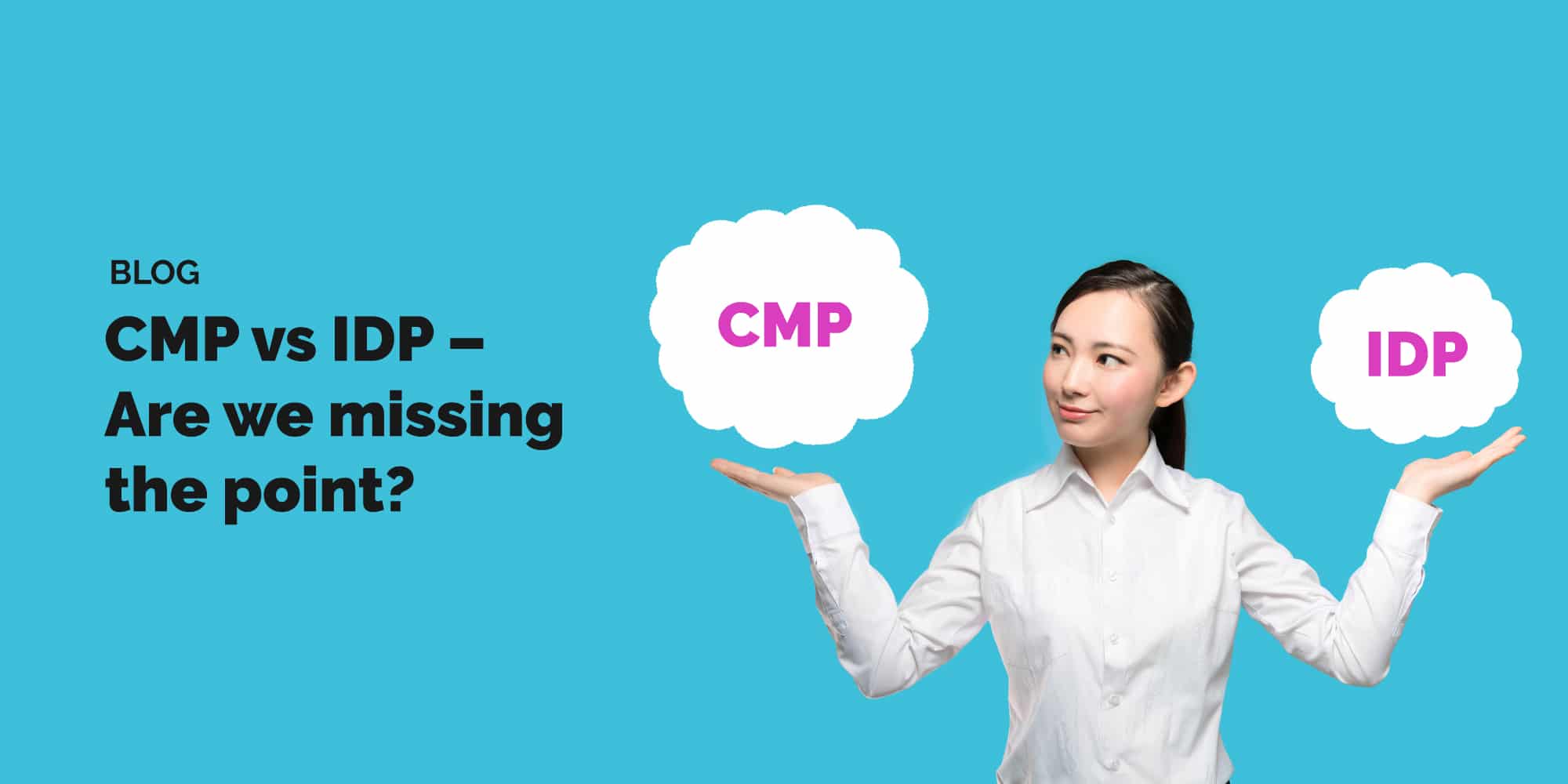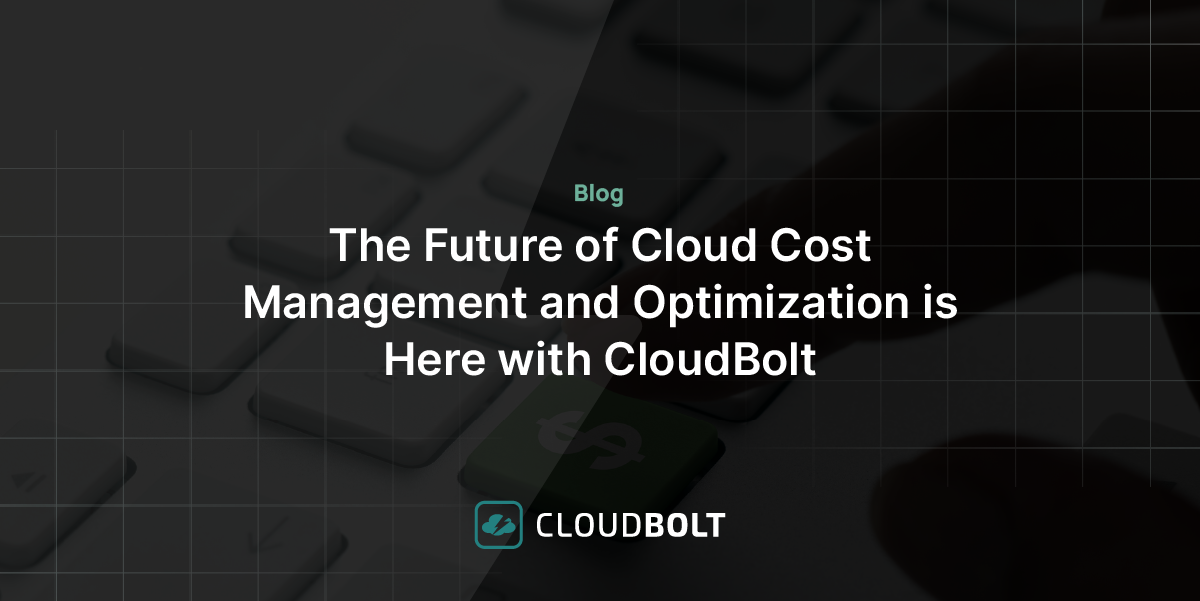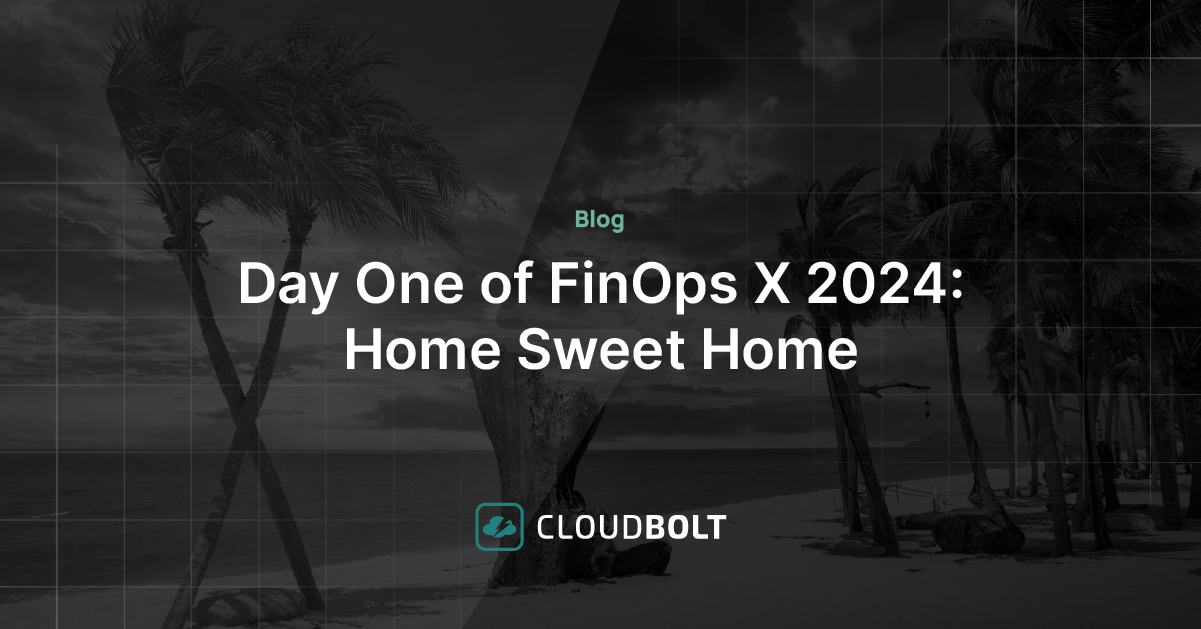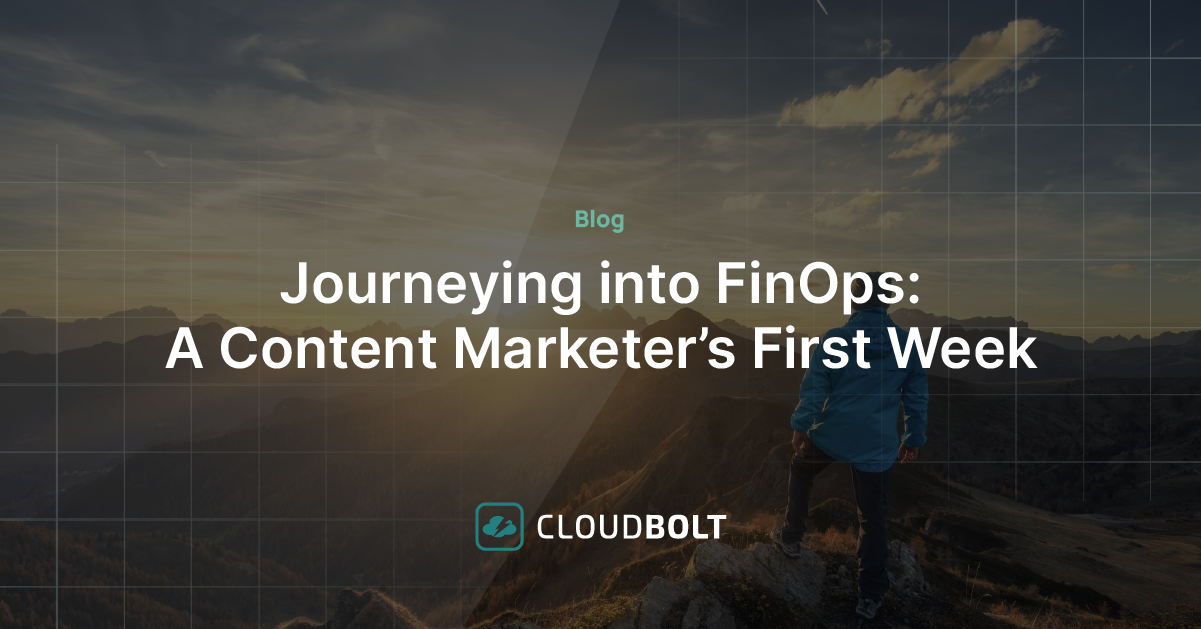CMP vs IDP – Are we missing the point?

Cloud Management Platforms (CMPs) are largely sold to IT and IT Operations teams to help deliver infrastructure to the business more efficiently. That includes self-service automation to developer users across a mix of on-prem, private, and public clouds (hybrid multi-cloud). A new term is emerging with striking similarity, it’s called Internal Developer Portal/Platform (I’ve seen it both ways). The “IDP” acronym causes issues with a more popular term of the same three letters – Identity Provider.
Internal Developer Platforms claim to automate the app delivery process from a serve-yourself portal. Security is built-in so developers don’t have to remember. Guardrails keep bad behavior out and APIs enable choice and flexibility among favorite tools (Terraform, OpenShift, Ansible, Kubernetes, etc.). Ummm… this sounds a lot like CMPs and their self-service portals with automation, governance, and out-of-the-box integrations.
ALWAYS consider these KEY audiences when managing hybrid multi-cloud infrastructure
Cloud Management Platforms were touted to bring order to cloud infrastructure chaos and they did, to a certain extent. We got self-service portals and infrastructure was served up much faster but you had to bring some expertise with you to get the speed. You had to enter certain values or point to particular clusters and remember to add the security parameters in and ensure everything was tagged, and… So it was faster, better than waiting 3 weeks! But not quite ideal.
There are four key audiences involved in infrastructure use, each with a different goal:
- ITOps – Maintain and serve, goal is to deliver infrastructure to users fast and efficiently
- FinOps – Ensure infrastructure spending is optimized
- SecOps – Safeguard infrastructure and users from cyber attack
- DevOps – Innovate with speed
All four audiences should be involved in a self-service solution or you run the risk of silos, poor solution choices, and getting too many resources tied up in going different directions. If you attack the problems as a cohesive whole, then you have much greater chances of success. Next, let’s look into the capabilities that matter!
Call it “whatever” – critical to managing hybrid multi-cloud infrastructure
- Automate infrastructure delivery into self-service (Self-order and receive) – The faster the better and the more “built-in” the better. This can be a way to introduce the organization to the benefits of a tool like Terraform without having to train everyone on how to use it. One-click order and deployment!
- Process orchestration – Continually blending existing and new scripts, tools, and processes helps ensure end-to-end process flow. Gain the ability to take “goodness” from one area of the organization and “share” it for the benefit of everyone else. Changing processes are modular, change the sub-step and the rest of the process works as previously intended.
- Govern behavior – Said another way, put guardrails in place so users cannot get into trouble. From role-based access to building governance into blueprints and/or workloads, security is best when it is invisible to users. As you uncover anomalies, you can write policies to ensure they never happen again… a loop on continuous improvement.
- Auto-tag resources – Relying on humans to tag resources is fraught with risk. Like above, automate it (users have to do nothing). Automatically tag any resource used/ordered from the self-service portal. Doing so ensures you can track, report, and optimize future spending (public cloud, private cloud, on-prem…mix, match, and stack). No tag = No track = No optimize.
- Accelerate Development/Engineering – The real value to the organization comes from meeting customer needs faster and better. That could be adopting the next Terraform and deploying without a huge training requirement. It could be testing infrastructure BEFORE running a CI/CD pipe and learning of failure mid-way. A customer recently said their devs were spending roughly 20% of their week messing with and managing the infrastructure so they can build upon it (Prior to CloudBolt)! Imagine getting even 10% of that time back…
Summary
At the end of the day, vendors and analysts can play around with names, meanings, and endless acronyms but if you involve key stakeholders and solve your collective problems, it doesn’t matter what you call it… it will be successful!
And when you’re talking about customers, security, speed, and automation, done correctly can be the difference between thriving and just surviving in today’s uncertain economic times. When seeking solutions, look for flexibility & extensibility, the next open-source super-solution is right around the corner and you WILL WANT to take advantage. Make sure your framework choice doesn’t force you down a particular path. Another piece of advice, get a cost management/cost visibility solution in place WHEN you deploy self-service automation, if you don’t, you’re inviting trouble. Self-service ease with no EYES on costs is a disaster waiting to happen….think the finance and accounting people reading this just gasped… a little.
Related Blogs

The Future of Cloud Cost Management and Optimization is Here with CloudBolt
It’s an exciting time to be in the Cloud Cost Management and Optimization space. The landscape is quickly changing as…

